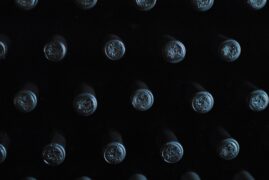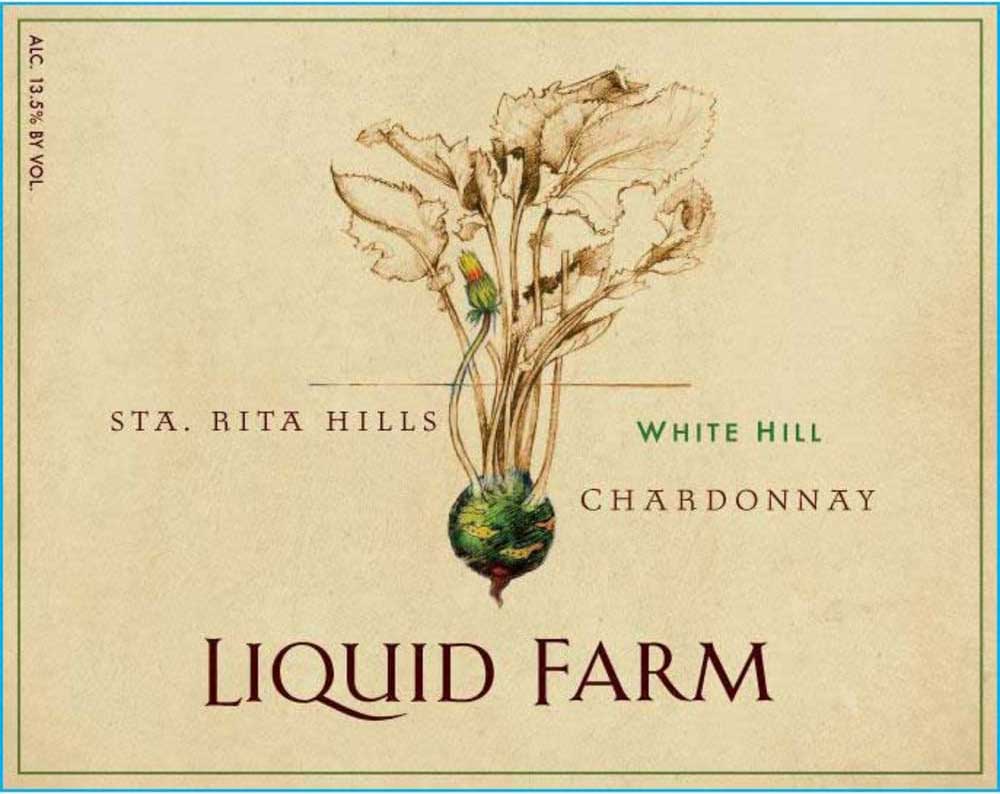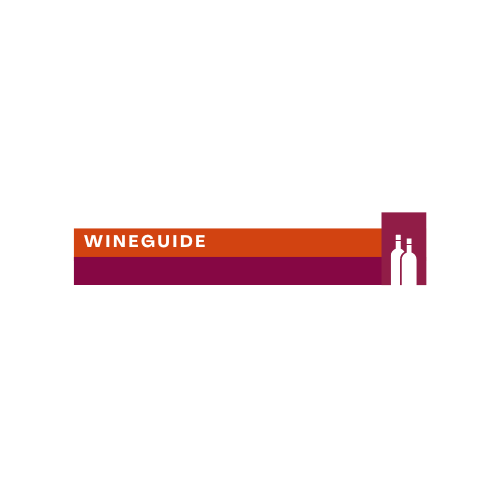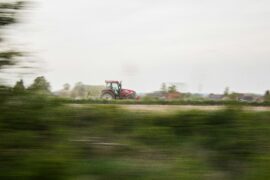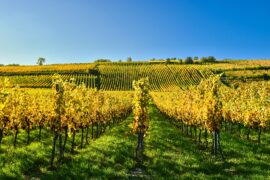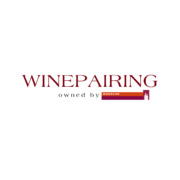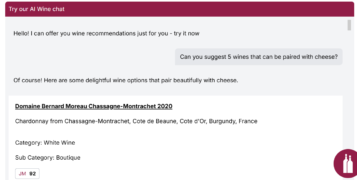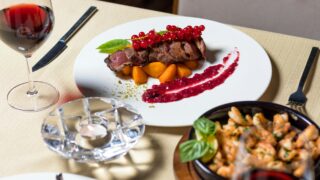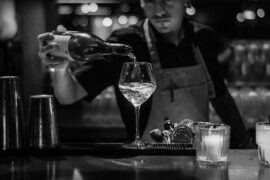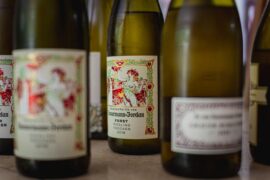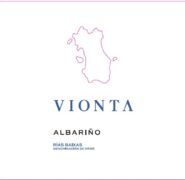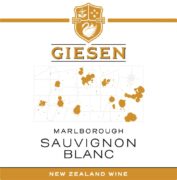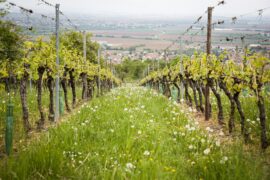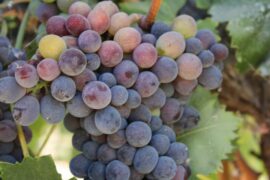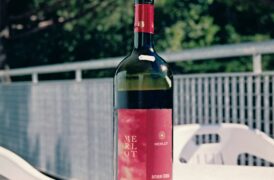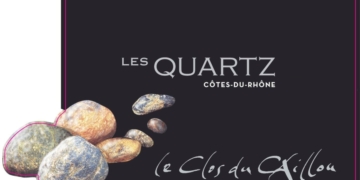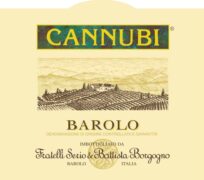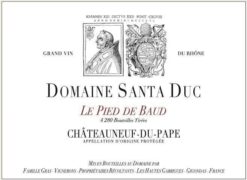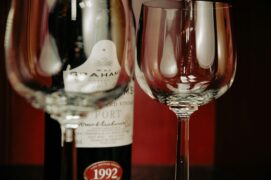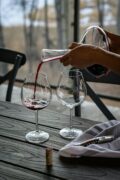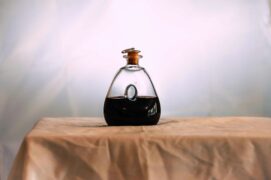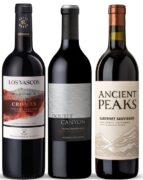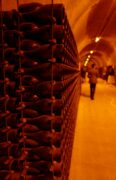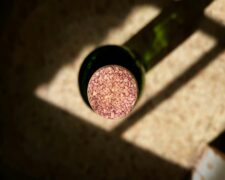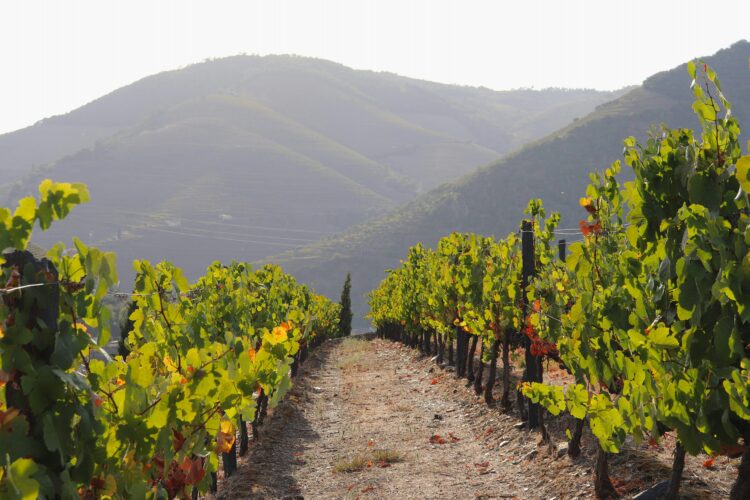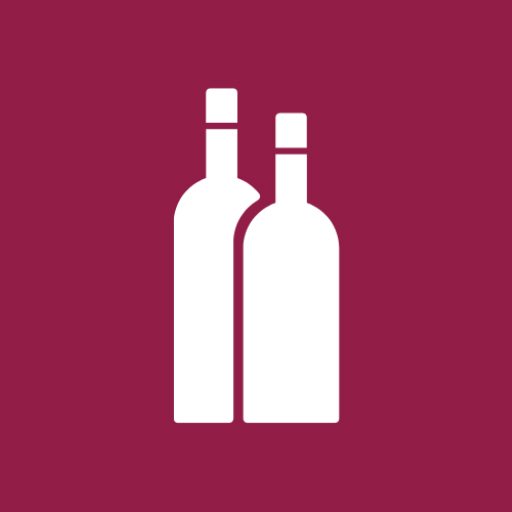Curious about what brettanomyces or maceration means? Here’s a wine glossary with terms that can help you navigate the world of wine – from AVA, through garage wine, to qvevri.
A
AVA (American Viticultural Area) – A designation for specific, geographically defined areas in the USA. It mandates that 85 percent of the grapes in a wine must come from the specified region. Examples of AVAs include Napa Valley and Anderson Valley. If a specific grape variety is mentioned on the wine label, 75 percent of that grape must come from the AVA named on the label.
Alluvial soil – Fertile, fossil-rich soil formed by deposits under water. Found around rivers such as the Po, Danube, and Duero.
Alte Reben – Old vines in German.
Amabile – An Italian wine term meaning “lovable.” In practice, it corresponds to “semi-sweet” (1.2–4.5 grams of sugar per 100 milliliters).
Amphora – Traditional clay vessel used for fermenting and/or storing wine. Amphoras are sometimes buried during storage. Known as tinaja in Spain and kvevri or qvevri in Georgia. Read our article on orange wine.
Anbaugebiet – The designation for the 13 major wine regions in Germany.
AOC – Appellation d’Origine Contrôlée – Has been replaced by AOP for wine. Spirits still retain the AOC classification.
AOP – Appellation d’Origine Protégée – French designation for protected origin, with rules for grape cultivation, winemaking, and the final product.
Appassimento – The process of drying grapes to make passito wines in Italy, primarily in Valpolicella.
Auslese – Means “selection” in German. A designation within Prädikat wines in Germany. Made from selected grapes with a slightly higher degree of ripeness, resulting in wines with more pronounced sweetness and richness of flavor. However, there are also dry auslese wines. In some cases, the grapes are affected by botrytis cinerea (noble rot). Sweeter than Spätlese.
B
Barrique – A 225-liter oak barrel – a French term for Bordeaux barrels but now used worldwide.
Bâtonnage – Stirring of the lees during wine production.
Beerenauslese – Means “selected dried berries” in German. A designation within Prädikat wines in Germany. Sweet wines from individually selected, very ripe grapes. The grapes are often affected by botrytis cinerea (noble rot). Beerenauslese wines have higher residual sweetness than Auslese.
Bentonite clay – Used as a clarifying agent in wine. Read more about additives in wine.
Bin – Means “box, batch” in English. Sometimes used on wine labels from Australia to distinguish between brands within a series of wines – but it doesn’t indicate the wine’s quality. Traditionally used for wine bottles stored horizontally, a process called “binning.”
Biodynamic wine – Biodynamic farming goes a step further than organic farming by viewing the vineyard as part of a larger ecosystem. A biodynamic grower sees the vineyard as a self-contained, organic whole. Key elements include the use of natural preparations and specific timing for vineyard tasks. The influence of the sun, moon, and stars on the earth and crops is crucial for determining when to intervene. Read more about biodynamic wines.
Biologique, biologico – Organic farming in French and Italian. Read more about organic wines.
Bodega – Winery, wine company, or wine cellar in Spanish.
Bordeaux mixture – A mix of copper sulfate, slaked lime, and water sprayed on vines to protect against fungal attacks.
Bordeaux supérieur – Wine with lower yields, slightly higher alcohol content, and aged for at least ten months. It ranks above generic Bordeaux wine.
Table wine – Simple wine that does not fall under a higher classification. Known as “table wine” in English and Deutscher Wein in German.
Botrytis cinerea – The name of a fungus that, under specific weather conditions, is considered beneficial to grapes. By extracting water from the grapes, botrytis cinerea concentrates the grapes’ flavor compounds, fruit acids, and sugar content. Known as noble rot in English.
Botti – Large oak barrels in Italy of varying sizes.
Brettanomyces (brett) – A yeast that imparts aromas such as ammonia, cellar, horse blanket, leather, and barnyard. More accepted in sour beer like gueuze or lambic than in wine. It can appear as a flavor in natural wine and traditional Bordeaux. Read more about other flavors in natural wine.
Brut – Originally used in Champagne to describe a dry sparkling wine, but now widely used in the wine world. In the EU, the maximum sugar content allowed is 1.2 grams of sugar per 100 milliliters. Read more about sugar in sparkling wine.
C
Cantina sociale – A cooperative winery in Italy.
Cap Classique – Sparkling wine from South Africa, made using the traditional method.
Cave – Wine cellar in French.
Chaptalization – The addition of sugar to unfermented grape must to increase alcohol content – strictly regulated by EU wine laws and only allowed for certain origins. Read our article on sugar in wine, or more about sugar in sparkling wine.
Charmat method – The most common method for producing sparkling wine. A still base wine is placed in a pressure tank, and sugar and yeast are added for relatively quick fermentation. Once fermentation is complete, the wine is sweetened and bottled. Also known as the tank method, méthode charmat in French, and metodo charmat in Italian. Read more about different methods.
Château – “Castle” in French, but in wine terms, it can also mean a vineyard.
Classico – An Italian designation for the original part of a DOC or DOCG region.
Clos – Historically, a walled vineyard in France (either low or high). Today, the wall is no longer required.
Colheita – Portuguese word for “harvest.”
Côte(s) – “Coast or hill, slope” in French – for example, Côtes du Rhône or Côtes de Provence.
County – A designation in the USA that ranks hierarchically between “State” and AVA, such as Napa County, Sonoma County, or Mendocino County. When grapes are indicated on the label, 75 percent must come from the same county. Sometimes a county can also be an AVA, like Mendocino County/AVA.
Crianza – Spanish quality level for wines that have been aged for a certain period in oak barrels and bottles. The aging times in barrels and bottles vary across DOC regions. In Rioja, red wines must be aged at least one year in barrels, and whites and rosés for at least six months. Red wines cannot be sold until three years after harvest, and white and rosé wines after two years. Compare with gran reserva and reserva levels.
Cru – French term for a specific vineyard or, sometimes, larger areas such as municipalities, or even an entire wine estate. Usually recognized as a place of higher quality.
Cru Bourgeois – Bordeaux is characterized by classifications that rank estates. The Cru Bourgeois classification, created in 1932, ranks red wine-producing estates in Médoc just below the top Cru Classé classification. From 2020, a new assessment system was introduced, with three levels: Cru Bourgeois, Cru Bourgeois Supérieur, and Cru Bourgeois Exceptionnel.
Cuvée – Blend in French.
Cuve close – Another French term for the tank method of producing sparkling wine.
D
Dégorgement/disgorgement – The removal of lees from sparkling wine. The neck of the bottle is chilled so that the lees form an ice plug, the cap is removed, and the pressure in the bottle ejects the plug before the bottle is sealed again. Read more about the traditional method.
Demi-sec – Literally means “half-dry,” but it’s more like semi-sweet. For sparkling wines, it refers to 3.2–5 grams of sugar per 100 milliliters, while for still wines, it generally refers to 0.4–1.2 grams of sugar per 100 milliliters. Read more about sugar in sparkling wine.
District – In wine terms, a smaller geographically defined wine area within a country, a subregion, such as Wachau in Niederösterreich or Médoc in Bordeaux. Some countries do not have regions or districts, or they may use other terms. Read more under the word “region.”
Doce, dolce – Sweet wine in Portuguese and Italian.
DO – Denominación de Origen – Spanish designation for protected origin, with rules for grape cultivation, winemaking, and the final product. All European classifications fall under PDO.
DOCa – Denominación de Origen Calificada – The highest classification in Spain for protected origin, with rules for grape cultivation, winemaking, and the final product. Currently includes the regions of Rioja and Priorat (DOQ in Catalan).
DOC – Denominazione di Origine Controllata – Italian designation for protected origin, with rules for grape cultivation, winemaking, and the final product. DOC also exists in Portugal (Denominação de Origem Controlada) but is gradually being replaced by DOP.
DOCG – Denominazione di Origine Controllata e Garantita – The highest classification in Italy for protected origin, with rules for grape cultivation, winemaking, and the final product.
DOP – Same as French PDO. In Italy, DOP stands for Denominazione d’Origine Protetta. In Portugal, DOP stands for Denominação de Origem Protegida, and in Spain, Denominación de Origen Protegida.
Domaine – French term for “wine estate, winery.”
Dosage – The sweetness level in sparkling wine is adjusted with sugar or grape must before the final sealing and aging – applies to the traditional method. Also called Liqueur d’expédition. Read more about sugar in sparkling wine.
Doux, dulce – “Sweet” in French and Spanish. Read more about sugar in sparkling wine.
Grape must – Unfermented grape juice.
E
Einzellage – Used in Germany to indicate wine from a specific vineyard.
Eiswein – Means “ice wine” in German. A designation within Prädikat wines in Germany. Sweet wine made from grapes that have frozen on the vine and are harvested at -8°C or lower. The grapes are typically not affected by noble rot. The frozen grapes are pressed immediately, separating the juice from the ice, resulting in a concentrated must.
Ekologisk odling – Organic farming without artificial fertilizers or synthetic pesticides. Read more about organic wines.
Elevé en fûts de chêne – French term for wine aged in oak barrels.
Erste Lage – Designation for the second-highest vineyard sites, according to the German VDP classification system.
Erzeugerabfüllung – Estate-bottled German wine.
Eszencia – Hungarian term for rare, noble sweet wines with a sugar content of 45 grams per 100 milliliters, resulting in a low alcohol level.
Estate – A multifaceted term often indicating that the grapes must be grown on the same property where the wine is produced. In the USA, for example, the wine must be made from 100% estate-grown grapes within the same AVA.
Estufagem – Portuguese term for the heating process in the production of Madeira wine. Read more about Madeira.
Etanol – During winemaking, grape must ferments, converting the sugar into ethanol, a soluble form of alcohol. Read more about the winemaking process.
Extraktion – The process of extracting flavors, tannins, and color from grape skins, seeds, and stems, typically during maceration.
Extra-sec, extra seco – French and Italian terms for semi-dry sparkling wine with a sugar content of 1.2–1.7 grams per 100 milliliters. Read more about sugar in sparkling wine.
F
Fattoria – Estate in Italian.
Federspiel – A style of wine (between Steinfeder and Smaragd) for dry, white wine in Wachau, Austria.
Feinherb – German term often used as an alternative to halbtrocken (semi-dry).
Fermentering – Fermentation, where yeast converts the sugar in grape must into ethanol (alcohol), carbon dioxide, and heat.
Filtrering – Used during winemaking to remove particles from the wine. Read more about filtering.
Flor – A thin layer of yeast that protects dry sherry from oxidation during aging and gives the sherry its unique aromas and flavors. Read more about sherry.
Frizzante – Italian term for lightly sparkling wine.
Fällning – Sediment, a natural and harmless part of a wine’s maturation process, which can be removed by decanting. Read more about sediment in wine.
G
Garagevin – Powerful and fruity red wines made in small quantities by smaller estates, partly as a counter-movement to the traditional châteaux in Bordeaux. The term was coined in the late 20th century and now refers to micro-winemakers around the world. Also called garagistes or microchâteaux.
Garrafeira – Vintage-dated Portuguese wines of the DOC, DOP, or PGI classes. Red wines must be aged for at least 30 months before being sold, including one year in the bottle. It can also mean wine cellar or wine shop.
GI – Stands for Geographical Indication, a general term for geographic origin, regardless of size. It covers both New World less regulated origins and EU’s more regulated ones.
Governo – A process in Chianti, Italy. Historically, grapes were dried, and the resulting unfermented grape must was added to already fermented wine. The main purpose was to trigger malolactic fermentation. Today, it’s used to increase both the wine’s alcohol content and sweetness.
Grains nobles – French term, primarily used in Alsace, for grapes affected by botrytis cinerea, also known as noble rot.
Grand cru – Means “great growth” in French. In Burgundy and Alsace, grand cru is the highest quality level for vineyards. In Bordeaux, it refers to the estates classified in 1855 or the simplest estates in St Emilion. In Champagne, the term refers to the highest-classified villages.
Gran reserva – Spanish quality level for wines that have been aged for a certain period in oak barrels and bottles. The aging times vary in different DOC areas. In Rioja, it requires five years of aging for red wines and four years for white and rosé wines. Compare with crianza and reserva levels.
Grosses Gewächs – Designation for dry wine from vineyards classified as Grosse Lage. A German designation within the VDP organization to rank the different vineyard sites within districts.
Gutswein – The first step in Germany’s regional wine hierarchy, meaning the wine comes from the producer’s own vineyards within the region. It is followed by Ortswein, Erste Lage, and Grosse Lage. The classification is managed by VDP.
Gyropalette – In the traditional method, yeast sediment in sparkling wine bottles needs to be removed. First, the bottles are turned from a horizontal to a vertical position, so the sediment collects at the top of the bottle. This is done using a gyropalette, a steel cage that is mechanically shaken.
H
Halbtrocken – Semi-dry in German. For sparkling wines, this corresponds to a sugar content of 3.2–5 grams per 100 milliliters. For still wines, the limits are 0.4–1.2 grams of sugar per 100 milliliters. Read more about sugar in sparkling wines.
Hybrid – A vine created by crossing two different species of vines, such as vitis vinifera and another species. These hybrids are commonly used as rootstocks due to their resistance to the grapevine pest phylloxera.
I
IGP – French version of PGI (Protected Geographical Indication). IGP stands for Indication Géographique Protégée – French wines with geographical designation that are not part of AOP or AOC, allowing greater flexibility in blending international grape varieties.
IGT – Italian version of PGI (Protected Geographical Indication). IGT stands for Indicazione Geografica Tipica – Italian wines with geographical designation that are not part of DOC or DOCG, offering more freedom to blend international grape varieties.
J
Joven – Young wine in Spanish, typically not aged for long periods in barrels.
Jäst – A single-celled fungus that converts sugar into alcohol. Winemakers can add cultivated yeast or rely on wild yeast naturally found in the air and on the grapes’ skins. A typical yeast for winemaking is Saccharomyces cerevisiae.
Jästautolys – During the second fermentation in sparkling wine (traditional method), yeast consumes the sugar, converting it to alcohol, heat, and carbon dioxide, forming bubbles.
Jästfällning – Dead yeast cells, or lees, formed after jästautolys in sparkling wine. These dead cells can contribute flavors like toasted bread, nuts, and pastries.
K
Kabinett – A category within German Prädikat wines, typically indicating lighter wines, ranging from dry to semi-dry, with lower alcohol content.
Klarning – The process of adding coagulating agents to remove particles from the wine, resulting in clarity. Agents like bentonite clay or egg whites can be used.
Klon – A genetically identical version of a vine, replicated from a single parent vine. Different clones of the same grape variety exhibit unique characteristics, like thicker skins or higher acidity.
Kolsyremetoden – A method for making simple sparkling wines by injecting carbon dioxide into finished wine, usually in a pressurized tank or directly in the bottle. This creates large bubbles that dissipate quickly.
Kolsyrejäsning – A process where whole, uncrushed grape clusters are placed in a sealed tank filled with carbon dioxide, halting fermentation and allowing enzymes inside the grapes to convert sugars into alcohol. This process, known as carbonic maceration, creates soft, fruity wines and is commonly used in Beaujolais.
Kooperativ – An association of growers and/or producers who join forces to produce wines together. A wine producer can still have their own production.
Kvevri/Qvevri – Traditional clay vessels from Georgia used for both fermentation and storage. These vessels are buried underground, allowing for extended aging.
Kylstabilisering – A method where white wine is stabilized by chilling after it has been filtered, clarified, and blended, to prevent tartrate crystals from forming.
L
Lagar – A Portuguese and Spanish term for large granite troughs where grapes are traditionally foot-trodden.
Liqueur de tirage – A mixture of wine, sugar, and yeast added during the production of sparkling wine in the traditional method. This mixture is added before the bottle is sealed for the second fermentation, which creates the bubbles.
Lutte raisonnée – Literally means “reasoned struggle” in French. It refers to sustainable farming practices, where producers use environmentally friendly methods.
M
Maceration – The process of extracting color, tannins, and flavors from grape skins during winemaking. Also known as extraction or steeping.
Makroklimat – The climate of a large wine-producing region, such as Rioja or Piemonte, spanning tens to hundreds of kilometers.
Malolaktisk omvandling – A conversion (not fermentation) that softens the taste of wines by converting tart malic acid into smoother lactic acid. This occurs naturally after alcoholic fermentation or can be induced with added bacteria cultures. Known as malolactic conversion in English.
Mas – A term for an estate in the south of France.
Maso, masseria – “Farm” and “to cultivate” in Italian, respectively.
Mesoklimat – The climate of a specific vineyard or section of a vineyard, spanning tens to hundreds of meters.
Metodo charmat – Another Italian term for the tank method used in sparkling wine production.
Metodo classico, metodo tradizionale – Italian terms for the traditional method of making sparkling wine.
Mikroklimat – The climate of a very small area, such as a single row of vines or even an individual vine. Sometimes mistakenly used to describe mesoklimat.
Millésime – French for “vintage” or “year.”
Mise en bouteille (par) – French for “bottled (by).”
Mise en bouteille au château/domaine – French for wine bottled at a château or domaine (estate).
Monopole – A French term, mostly used in Burgundy, referring to a vineyard with only one owner.
N
Négociant – A French term for a merchant or company that buys grapes, grape must, or finished wine and then finishes and sells it under their own name.
Non-filtré – French for “unfiltered.”
Non-vintage – Wine without a specific vintage year, made from grapes harvested in multiple years. Common examples are champagne and port.

